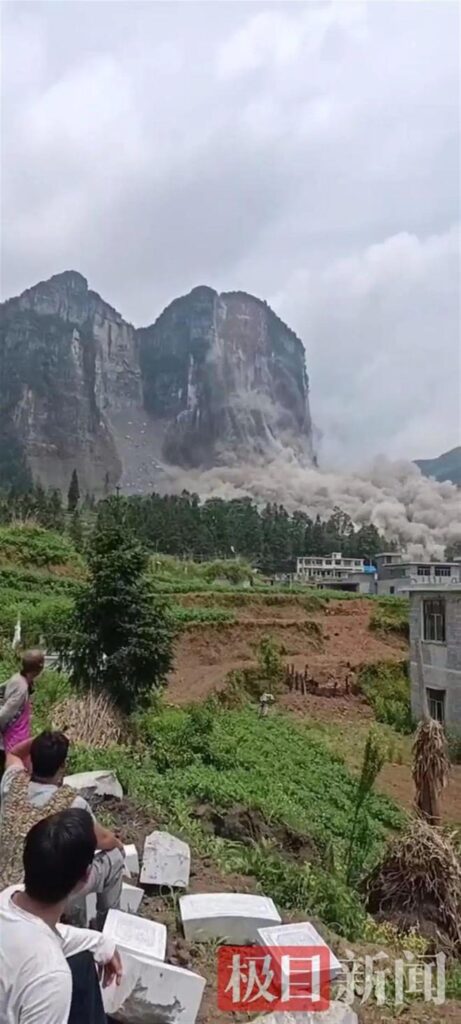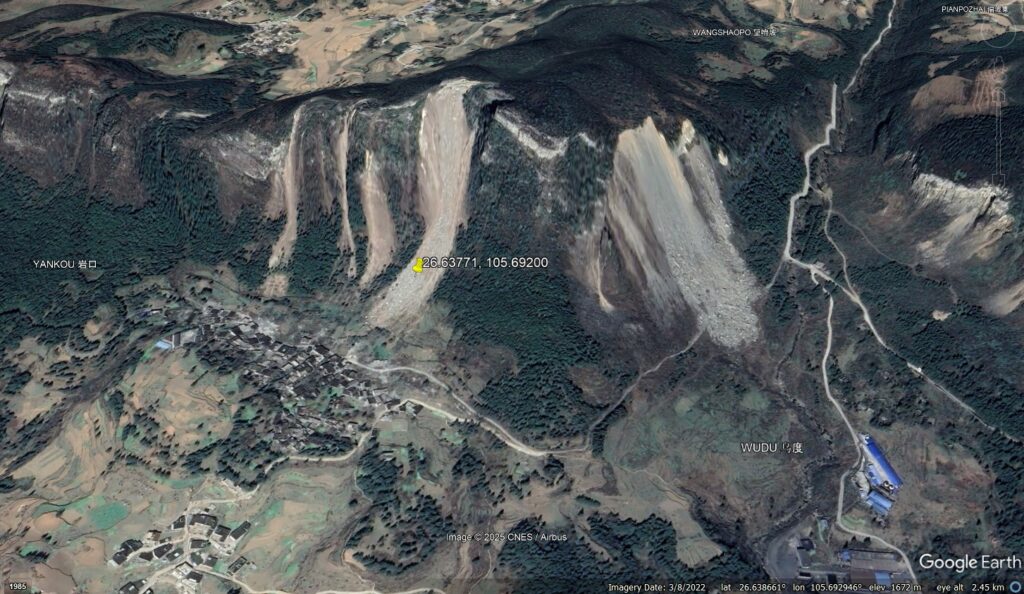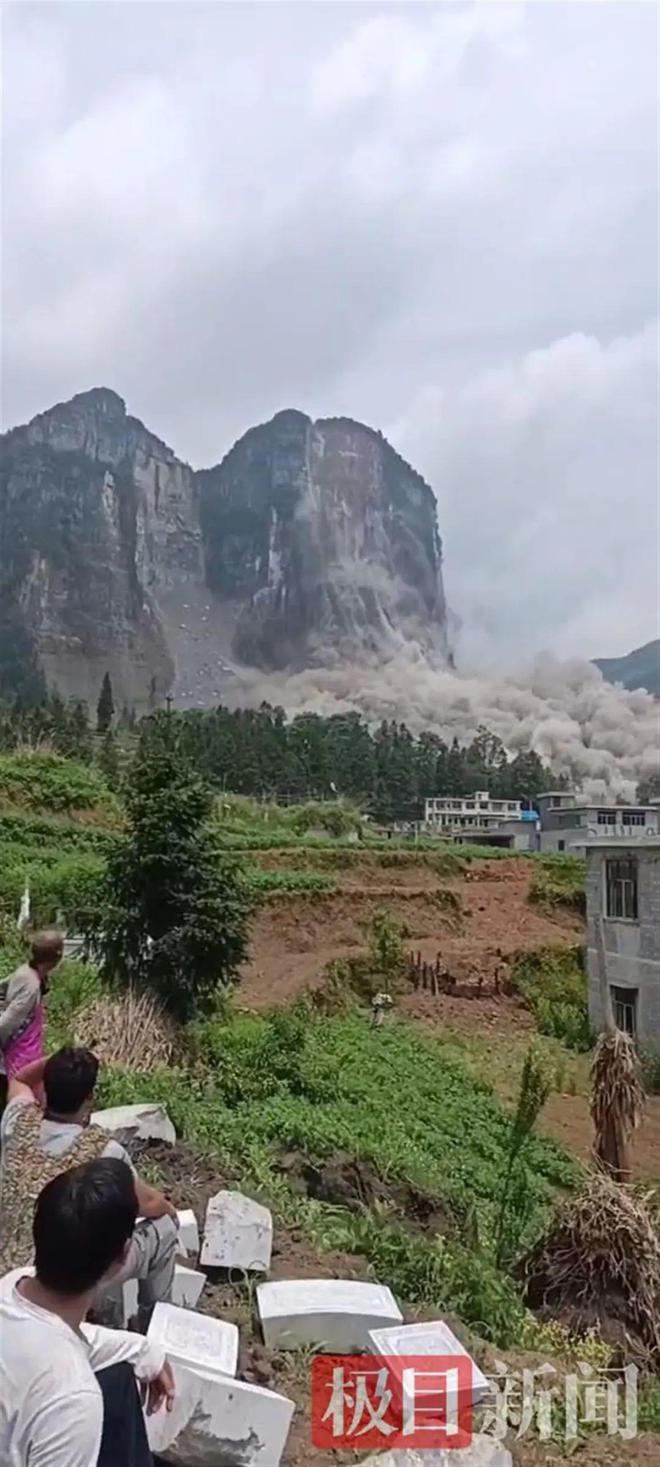The Landslide Blog is written by Dave Petley, who is widely recognized as a world leader in the study and management of landslides.
On 8 May 2022, the catastrophic Baiyan rock avalanche occurred in Zhijin County, which is located in Guizhou Province, China. The digital lat/long is [26.63771, 105.69200]. I described this event at the time (on the old AGU blogsite). It destroyed 53 houses, killing three people.
Intriguingly, many of the reports of this event seem to have been removed, such as the 163.com news item and the Youtube video. This is the image of the failure that I posted at the time:-

There is a very interesting new paper (He et al. 2025) about this event in the journal Landslides. The aim of the paper is to examine the behaviour of the particles that formed the rock avalanche using a very impressive combination of a drone survey and articial intelligence driven analysis of individual particles. This is fascinating work, which demonstrates that underlying topography plays a large role in determining the runout characteristics of individual blocks.
But along the way, the paper also provides some very interesting information about the Baiyan rock avalanche itself. First, the slope from which this failure occurred had suffered an astonishing total of seven other rock avalanches in the period between 2019 and 2022. The Google Earth image below, from March 2022 (i.e. before the Baiyan rock avalanche) shows the problems that were occurring on the slope:-

According to He et al. (2025), the Baiyan rock avalanche itself had a volume of 36,000 cubic metres. It had a runout distance of about 560 metres and a vertical height difference of about 455 m. Significant, but not exceptional, rainfall occurred in the days leading up to the collapse.
Tucked away towards the end of the article is a fascinating consideration of the causes of this event, and of the extraordinary cluster of failures that occurred in this area at the time. Underground coal mining was being undertaken directly below this slope – He et al. (2025) show that a panel advanced from the SW to the NE directly below the ridgeline, starting in the southwest in October 2021. In May 2022, the mining activities were occurring directly below the source area of the Baiyan rock avalanche. The implication is clearly that disturbance / subsidence caused fracturing of the rock mass, triggering the failure.
That comparatively shallow coal mining was occurring directly below such a sensitive location is perhaps surprising. This should be a classic case study of the impacts of poorly controlled mining on slope stability. I also wonder why the village was not evacuated before the landslide given the multiple failures that were occurring on the slope directly behind. It would be interesting to know more about the analyses and discussions that were occurring at this location in the early months of 2022.
Reference
He, J., Zhang, Y., Sun, P. et al. 2025. Investigation of deposition characteristics using a novel super-resolution method: a case study of Baiyan rock avalanche in Guizhou, China. Landslides. https://doi.org/10.1007/s10346-025-02512-z


